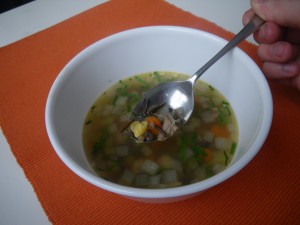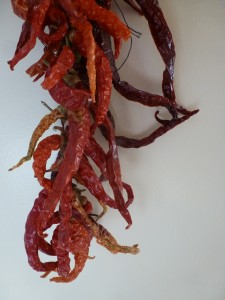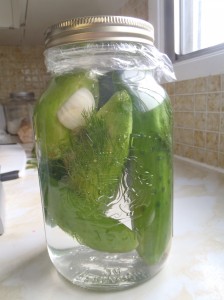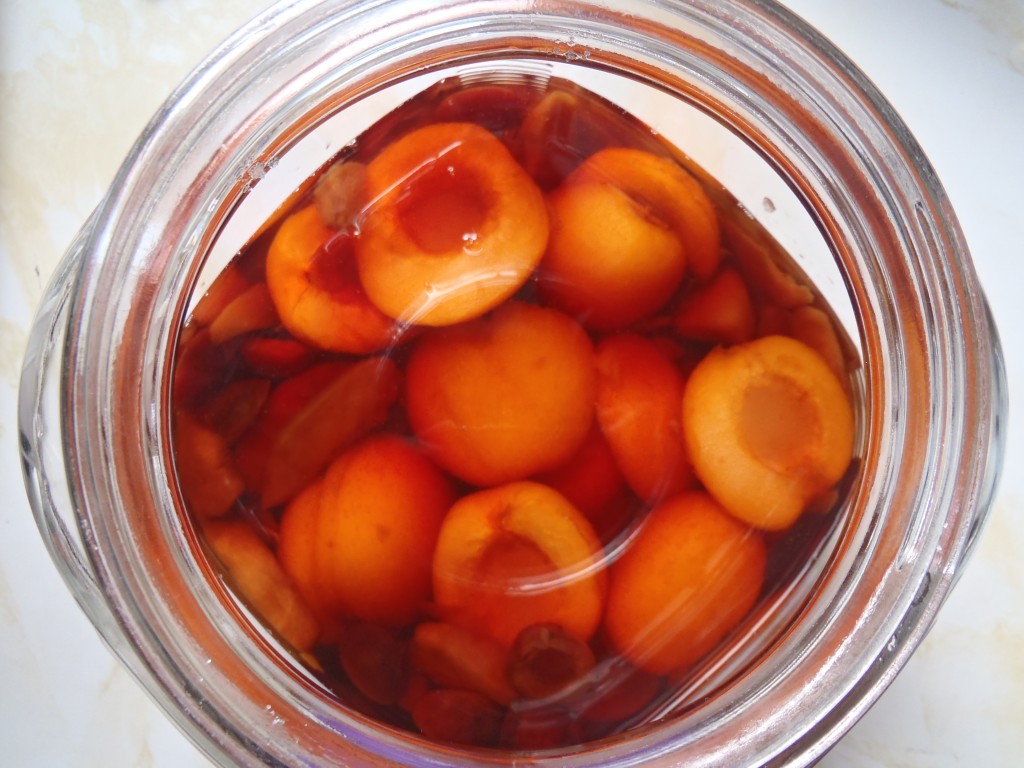Step One: Acquire Grouse
A friend’s father, Mr. McLarney, hunts game birds with his English pointer. I had never, not once, paused to consider the signficance of common canine descriptors like pointer, setter, and retriever, until Mr. McLarney’s hunts were explained to me. The dog walks a ways in front of him, and when it comes upon a bird it stops and “points”: it aims its snout at the prey. Mr. McLarney moves within range and readies his gun, then makes a call to the pointer. At the signal, the dog scares the bird into flight, so that Mr. McLarney can pull it from the sky with his shotgun.[1]
Mr. McLarney trained his pointer in his backyard with a … Continue reading.


 We didn’t eat spicy food when I was growing up. Not at all.
We didn’t eat spicy food when I was growing up. Not at all.
